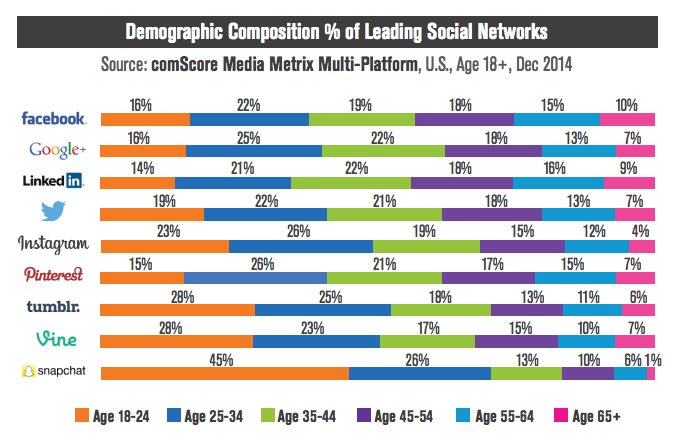
Most businesses, especially small businesses, need a social media presence. But all social media is not the same, so it pays to connect the dots between where you post and where your customers pay attention.
People have different reasons to prowl around on social media and, as a result, gravitate to different social media platforms that match those reasons. For example, Boomers tend to use social media to share pictures and personal updates. Gen Z like to hang out with friends and follow celebrities. Millennials prefer to get their news from social media sources and seek to expand their networks. Their choice of platforms follows their interests.
Before posting content or placing ads, businesses need to have a firm grasp of what their customers are looking for on social media and where they go to find it. Businesses can learn about the demographics and social media preferences by analyzing user data and asking consumers directly. Data analysis will reveal existing consumer patterns on your social media sites. Questioning consumers allows you to probe a little deeper about what they like about your content and site selections, as well as what they would like to see.
Knowing what is working already and what else your consumers may want will yield a decent roadmap to launching or redirecting your social media marketing. You can add a layer of demographic discovery by exploring the same things for an expanded consumer base.
With a solid grip on the demographics of your consumers or potential consumers, you can turn to content and platform selection. The two go hand in hand.
The goal of all social media is engagement, which is why we call it social media. “You must generate a conversation with your community, not talk at them,” advises Angela Hausman, a digital marketing specialist. “Social media looks more like a backyard BBQ with friends than a commercial. So, don’t talk about yourself all the time. Listen and celebrate your community.”
The most engaging form of content, which works on most platforms, is video, followed by compelling imagery. Think of this as an invitation for show-me content, which might include a demonstration for a new product, preparation of a mouthwatering recipe or testimonials from influencers. The cost of video production is no longer a financial obstacle. The key is to spend enough on production to match the quality of what you are trying to sell and the expectations of your consumers. Nothing can turn off a viewer quicker than schlock.
Social media looks more like a backyard BBQ with friends than a commercial. So, don’t talk about yourself all the time. Listen and celebrate your community.
User-generated content should be encouraged and, where necessary, invited. It may not substitute for content you generate, but it can supplement and humanize your overall content menu.
Clever headlines are essential to catch the eye. Smart text and easy-to-scan charts can sustain attention by offering neatly packaged, accessible information. Remember, social media is more like a crowded, noisy bazaar than a sophisticated store with discrete departments where you need to stick out in the crowd.
Consumers for most products and services are more diverse. Your content should reflect that diversity. Depending on demographics, this can require translating your videos and text into other languages. It also demands increased cultural sensitivity to words, colors and references.
All major social media platforms appeal to a wide cross-section of people in terms of age, gender and background. A video that connects with an 18-year-old may fall flat with someone older than 50. Content intended to attract the interest of women may not work for men. A DIY video for young adults could benefit from some humor, which might not be appreciated by older, more experienced handymen and handywomen. All this suggests combinations of content designed to appeal to specific chunks of your consumer demographics rather than a one-size-suits-all approach.
Platform selection should parallel content choices and the concept of something for everyone in your demo. Facebook tends to be a popular choice because of the size of its user base, the wide age range of users and the potential of targeted ad placement. Instagram works well for younger people, who make up 50 percent of the platform’s user base. Pinterest, which has a dominant female audience, can be the perfect choice for collections. YouTube is the choice for sharing stand-alone video content.
Avoid the temptation to plunge into too many sites at once. Social media requires time and patience, as well as expertise that typically takes a while to perfect for an individual brand or business. Social media pros recommend starting with a maximum set of three platforms where your consumers go and that will feature your mix of content well.





